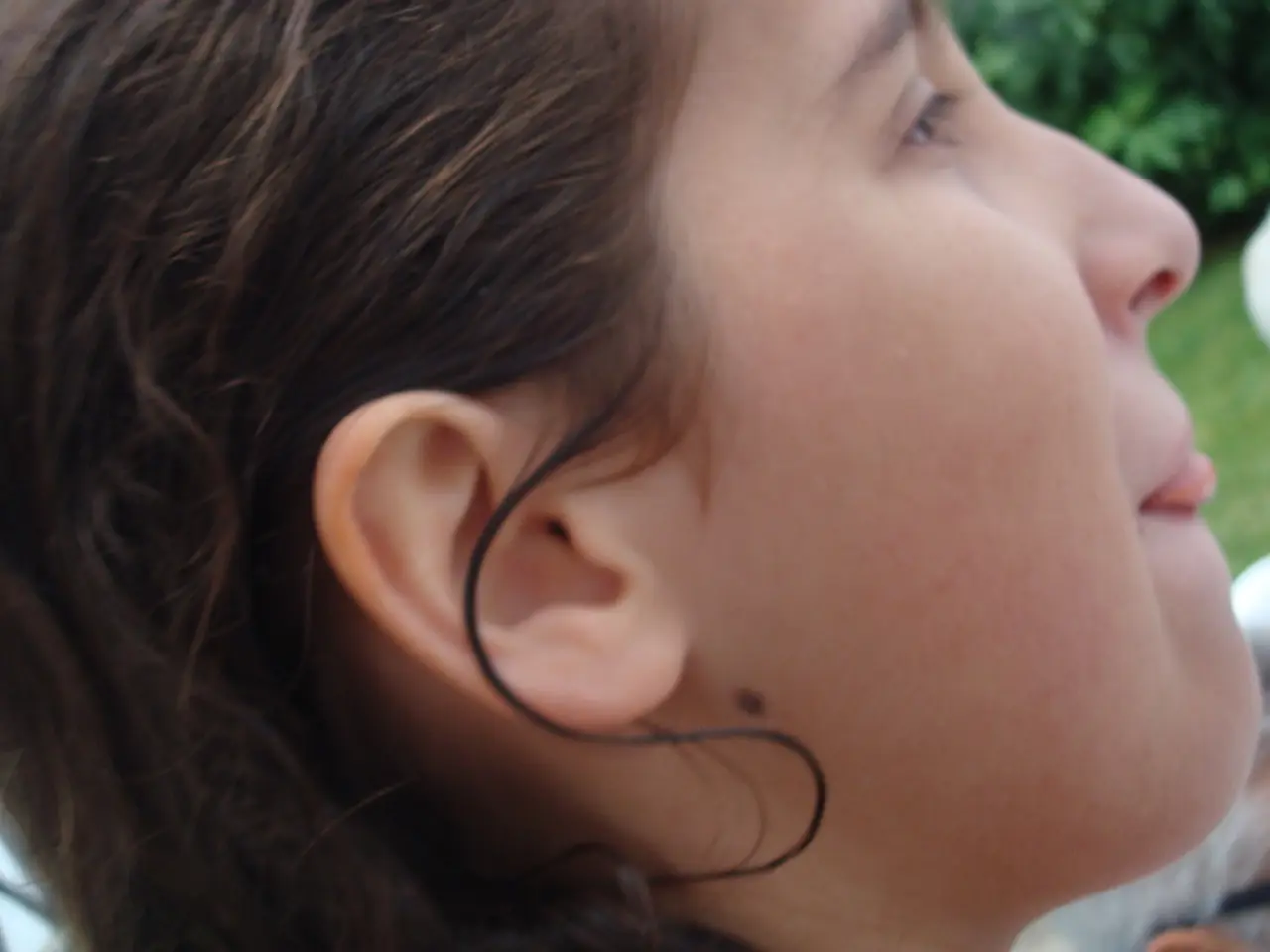Unusual Increase in the Appearance of New Moles: An Explanation
Moles, those small, pigmented spots on the skin, are a common feature for many people. Most moles are less than a quarter of an inch and range from pink to dark brown or black. They are usually round or oval shaped, flat or slightly raised, smooth with distinct edges, one solid color, unchanging, and small (1/4 inch or less).
However, there are exceptions. Congenital moles, which people are born with, vary widely in size, shape, and color. About 0.2% to 2.1% of infants are born with a congenital mole. Interestingly, larger congenital moles are more likely to become cancerous in adulthood. Birthmarks bigger than 20 to 40 centimeters have a 4% to 6% lifetime risk of becoming cancerous.
Research has linked some moles to hormone blood levels tied to cancer risk. A 2014 study found this connection, while a 2015 research review discovered that BRAF gene mutations exist in 78 percent of benign acquired moles.
People with fair skin, light, or red hair are more likely to have existing moles or develop them later in life. On the other hand, people of color often have a lower risk of melanoma, but melanoma typically shows up in hard-to-see places like the soles of the feet, palms, between fingers and toes, and underneath the fingernails and toenails.
Atypical moles can have irregular shapes with uneven borders, various colors, irregular edges or surfaces, bigger sizes, and can appear anywhere on the body but rarely appear on the face. If you have more than 50 common moles, you may have a higher risk of skin cancer.
New moles are more likely to become cancerous than ones you've had for life. This could be due to factors such as sun exposure, tanning beds, and sunburns, which can lead to the development of moles. Hormonal changes, such as during puberty, pregnancy, or menopause, may also be related to the development of moles.
People who take immunosuppressant drugs after an organ transplant have a higher risk of skin cancer, including the development of moles. If people in your family have lots of atypical moles, you might have familial atypical multiple mole melanoma (FAMMM) syndrome, which increases your 10-year risk of melanoma to 10.7% (17.3 times higher than people without it).
Research on the sudden appearance of moles in adulthood has focused on genetic factors, UV exposure, hormonal changes, and immune system influences to understand their causes. It's important to regularly check your moles for any changes, and if you notice anything unusual, consult a healthcare professional.







